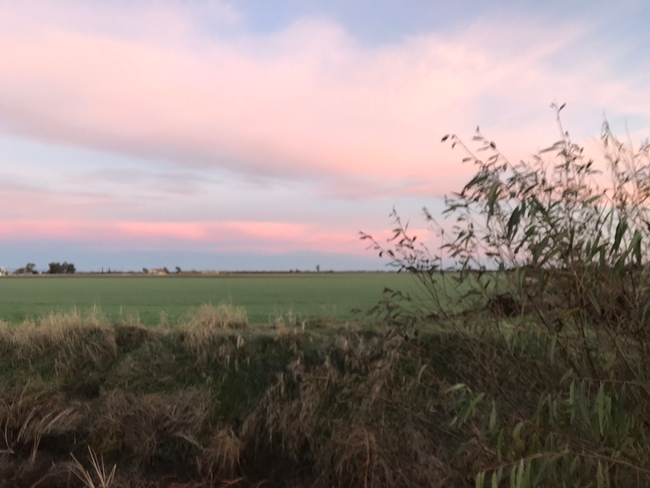We are increasingly drowning in a sea of information. In 2020, we will see more than 2 trillion web searches drawing on information from 1.7+ billion web sites. If the number of web sites is not staggering enough, we now also have a staggering 4+ million apps to choose from for our mobile devices. What's the hope of finding what we need?
And so here is where we introduce “chunking.” Now, I admit my use of the term “Chunking” may not be strictly correct – but I really wanted to try and use it in an article. What is chunking? Strictly speaking, a “chunk” (in cognitive psychology) is “a collection of basic familiar units that have been grouped together and stored in a person's memory.”
So – with a little stretch – we can (perhaps) think of similar information grouped in the same place (online) as a form of chunking?
Anyway, how does this relate to UC ANR? As an organization we (UC ANR) are information rich – especially in the area of practical “how to” information. However, our information is often scattered across literally hundreds of websites, newsletters and blogs. In our drive to better meet the needs of the people of California, we are striving for greater discoverability. This drive has led us to increasingly aim to group (or dare I say “chunk”) our “how to” information into thematic sites.
Now such collation of information is not entirely new. For example, our UC integrated Pest Management (UC IPM) site has been for some time a major “go to” site for literally millions of users. People looking for practical how-to information to control pests around the home, on farms and in our natural ecosystems will invariably find credible, relevant and practical information that can help. We have other examples listed below. So while not new, it is an area of increasing focus. One recent example is our Fire Resources and Information site. Developed by our fire experts, the site has quickly become a major resource for those looking to prepare, deal with and recover from fire. Yet another fledgling example is our effort looking at Healthy Soils for a Healthy California.
Why do we think this is significant? Two reasons: Discoverability and credibility, and these are related. In a world where anything online can be believable, we want to more readily get people to scientifically sound information that is proven credible, reliable and relevant. We want our efforts – which are championed by our many excellent scientists – to deliver information that helps ensure we have healthy food, healthy environments and healthy people. Visit our sites and let us know, “What is the information need you most want filled?”
Following are examples of UC ANR thematic websites:
Agriculture
- Agronomy Research and Information Center
- Healthy Soils for a Healthy California
- Fruit & Nut Research Information Center
Pest management
Postharvest
Natural ecosystems
Gardening
